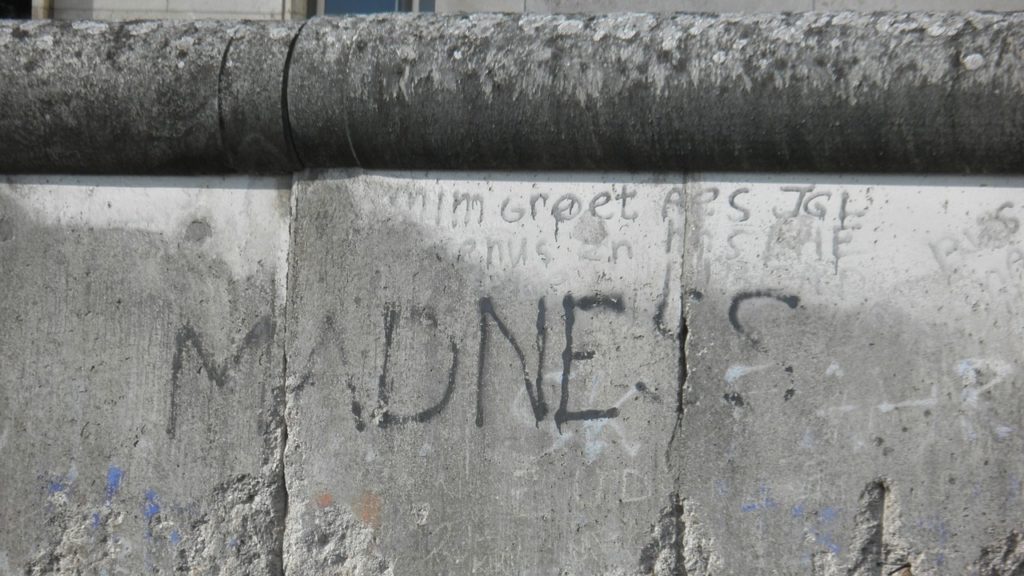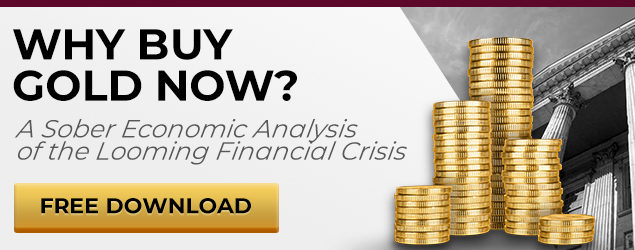Peter Schiff: Inflation Insanity Continues
As Peter Schiff put it in a recent podcast, the inflation insanity continues.
We got the September Consumer Price Index (CPI) data and it once again came in hotter than expected. Month-on-month, CPI was up 0.4%. That was double the 0.2% expectation. On an annual basis, the CPI was 8.2%.
By the way, the month-on-month CPI in September 2021 was also 0.4%. So, prices continue to increase at the same clip they were a year ago. In other words, inflation is still running rampant, despite all the Fed has done to try to stop it.
Core CPI excluding more volatile food and energy prices was up 0.6% from last month and charted a 6.6% year-on-year increase. That was the highest jump in annual core inflation since August 1982.
And it’s even worse than these numbers suggest. This CPI uses a government formula that understates the actual rise in prices. Based on the formula used in the 1970s, CPI remains is closer to double the official numbers — a historically high number.
Peter said it makes no sense that people keep expecting better inflation numbers and continue to be surprised when they come out worse than expected.
The classic definition of insanity – doing the same thing over and over again, yet expecting a different result. In fact, the insanity goes all the way back to the days when everybody just said inflation was transitory. I remember — we’d keep getting a hotter-than-expected inflation number and everybody said, ‘Don’t worry about it. It’s going to go away. It’s transitory,’ and so each time we got a new report, everybody thought that the number would be lower, and everybody would be surprised when it wasn’t lower, or it went higher. In fact, when they kind of went from transitory inflation to peak inflation, every time we got a number that made a new high, they kept repeating the same phrase. ‘OK, now inflation is peaked. Oh, no, now inflation has peaked.’ And now, they just keep expecting inflation to go lower because the Fed has raised interest rates.”
In fact, the Fed has hiked rates significantly since last March, with four 75 basis point increases. The rate now stands at 3.25%. And we’ve seen the impact of these hikes on the economy. It is demonstrably slowing.
So, everybody expects lower inflation, yet every month, investors are surprised by higher-than-expected inflation. This high inflation is not going to go away. It’s not going to go away anytime soon. In fact, it’s not going to go away anytime in this decade.”
A lot of inflation remains in the pipeline. A hotter-than-expected Producer Price Index (PPI) report is just one sign that inflation isn’t close to cooling.
A lot of people think the current inflation problem is solely the result of the monetary policy mistakes made after COVID. But as Peter talked about in a previous podcast, this inflation problem was decades in the making.
We are paying for monetary mistakes going back into the early 1990s, or even late 1980s. It’s not simply the mistakes that were made after 2020. It was all the mistakes that were made prior to 2020.”
And despite all of the Fed hiking, we still have negative real interest rates. That means we still have a stimulative monetary policy.
Even when the Fed hikes rates to 4% in November, you’re still half the inflation rate. You’re still discouraging people from saving and encouraging people to take on more debt. You are stoking inflation’s fires. You’re not putting it out.”
Peter noted that Pepsi recently announced price increases of 17%. He said that’s more indicative of inflation than the CPI.
Pepsi’s prices are real prices. There’s no hedonics. There’s no substitution. They are what they are. And they’ve raised prices by 17%. That probably reflects what’s going on with inflation. Because, remember, Pepsi doesn’t want to raise prices. It’s trying not to. In fact, remember the early days in the inflation. All of these companies were eating these price hikes. They thought it was transitory. So, they were absorbing the higher costs. They weren’t raising prices.”
At the time, Peter said these companies would eventually realize inflation wasn’t transitory, and they would throw in the towel and raise prices to recover their higher costs.
So, a 17% inflation rate, to me, is more believable than the government’s 8.5%. And what Pepsi is selling is what America is buying. This is what’s going on with prices.”
Peter pointed out that even after Paul Volker hiked rates to 20% to get inflation under control, the CPI was rarely under 2% during the 1980s and 1990s. What makes anybody think the Fed can quickly get CPI back down to that level today?
The problem is we have printed so much money since then, the debts are so much larger, that bringing an inflation rate down to the level we had in the 19980s, and 1990s, or 2000s, is nearly impossible.”
Peter said, “We’re not going down to 2%.”
The aberration was the inflation of 2% or less that we got following the 2008 financial crisis. … Now, what we are going to have is a lot of high inflation to make up for all those years of low inflation. It’s a reversion to the mean. Except we’re really not going to revert to the mean. We’re going to revert to something much higher than the mean because of massive and unprecedented money printing that has gone on – not just since COVID, but before COVID.”
In this podcast, Peter also talked about the market reaction to the CPI data, how the increase in Social Security benefits will stoke the inflation fire, the impact of rate hikes on the national debt, bitcoin, and how gold is holding up better than stocks.
Call 1-888-GOLD-160 and speak with a Precious Metals Specialist today!




No comments:
Post a Comment